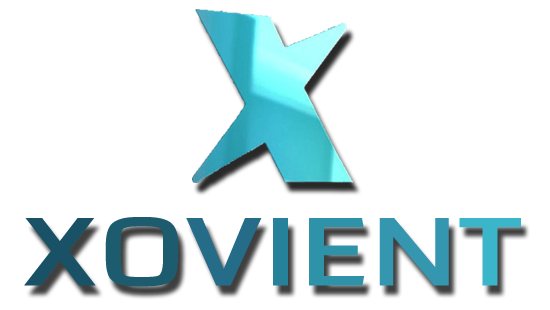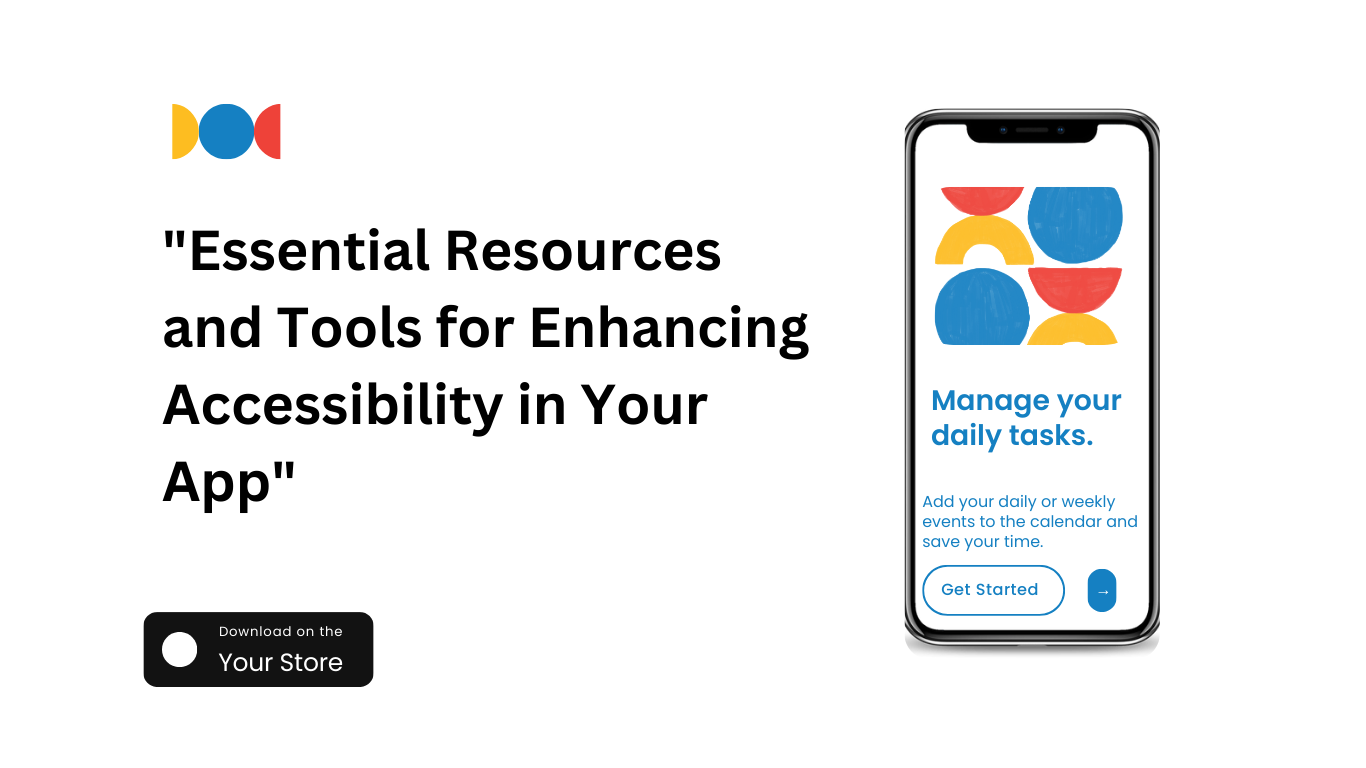In today’s digital landscape, creating applications that are accessible to all users is not just a moral imperative but also a legal requirement in many regions. By prioritizing accessibility, developers can ensure that their apps cater to a diverse audience, including those with disabilities. Here, we explore essential resources and tools that can significantly contribute to enhancing accessibility in your app.
- Web Content Accessibility Guidelines (WCAG): The WCAG, developed by the World Wide Web Consortium (W3C), provides a comprehensive set of guidelines to make web content more accessible. It covers various aspects, including perceivability, operability, understandability, and robustness. Adhering to these guidelines can serve as a solid foundation for improving accessibility in your app.
- Axe Accessibility Checker: Axe, an open-source tool by Deque Systems, helps developers identify and resolve accessibility issues in their web applications. It integrates seamlessly with popular browsers, allowing real-time evaluation of web pages for compliance with accessibility standards.
- Color Contrast Analyzers: Ensuring sufficient color contrast is crucial for users with visual impairments. Tools like the WebAIM Contrast Checker or Contrast-A allow developers to assess color combinations and make informed decisions to enhance readability and usability.
- Screen Readers: Screen readers are essential for users with visual impairments. Testing your app with popular screen readers like JAWS, NVDA, or VoiceOver (for iOS) helps uncover potential challenges and ensures a smoother experience for all users.
- Semantic HTML: Proper use of semantic HTML elements is fundamental for creating a structured and accessible interface. Utilize headings, lists, and landmark roles appropriately to enhance navigation for users relying on assistive technologies.
- Accessibility Testing Tools: Tools like Pa11y, Tenon.io, and aXe-Core automate the process of accessibility testing. These tools can quickly identify issues, allowing developers to address accessibility concerns early in the development cycle.
- User Testing and Feedback: Real-world testing with individuals who have diverse abilities provides invaluable insights. Platforms like UserTesting.com or engaging directly with accessibility communities can help gather user feedback and uncover usability challenges that might have been overlooked.
- Accessible Design Patterns: Incorporating accessible design patterns from the beginning of the development process ensures a more inclusive user experience. Resources like the A11Y Project and Inclusive Components provide guidance on creating accessible design solutions.
Choosing Xovient as your development partner means embracing a holistic approach to accessibility, where every aspect of your application is crafted with inclusivity in mind. By collaborating with Xovient, you not only enhance the accessibility of your app but also contribute to creating a more inclusive digital environment.
In conclusion, prioritizing accessibility in your app is a moral and strategic imperative. Utilizing the mentioned resources and tools, combined with the expertise of a dedicated development partner like Xovient, will empower you to create digital experiences that leave no user behind.

